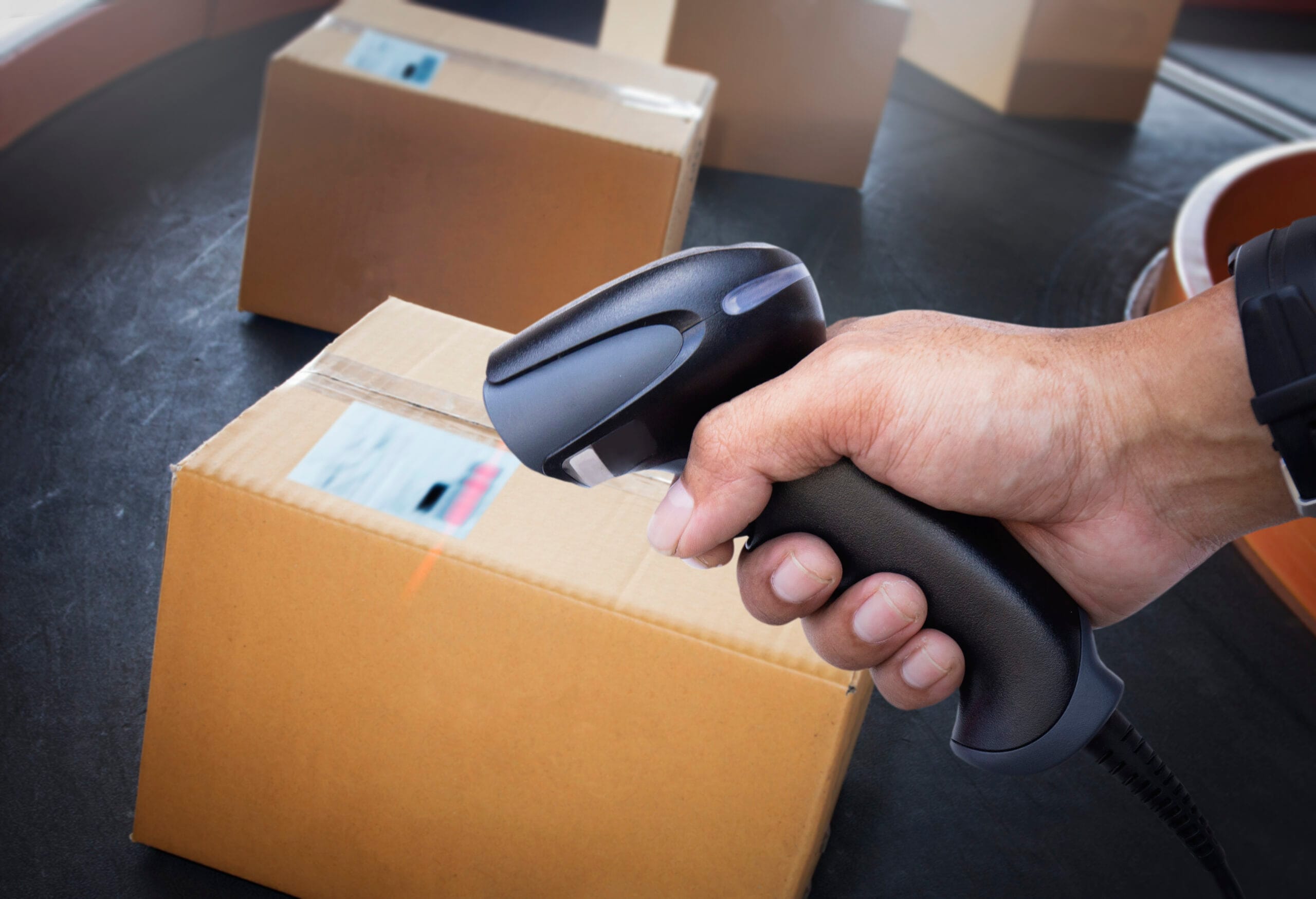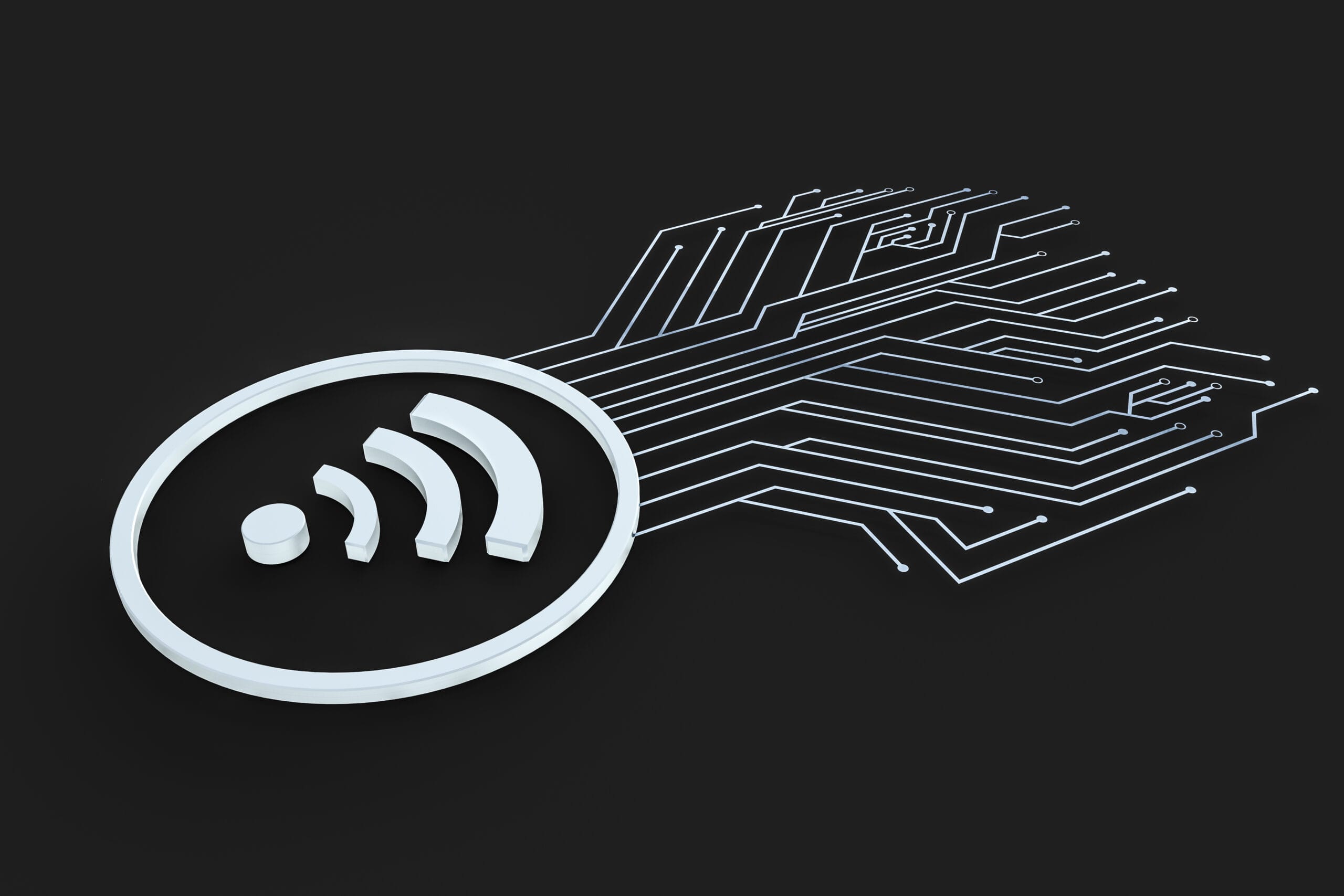
The traditional outdoor systems, on the other hand, cannot guarantee high accuracy indoors due to significant interference from walls and ceilings. Specialised Indoor Tracking Solutions provide efficient location and tracking of assets in buildings and warehouses for various purposes.
Understanding Indoor Tracking Systems

For example, indoor tracking in hospitals involves tracking vital medical equipment for easy location anytime a nurse or a doctor needs one. In a manufacturing environment, such a tracking system will be employed to always make sure that the manager of the place is updated on the tools or machinery stationed where for minimising time wastage trying to find misplaced ones and, hence, maximise productivity.
Office supplies management, laptops, and other shared equipment could be highly effective in indoor asset tracking systems for office settings. This would make businesses aware of precisely where exactly every asset is at every given instance, therefore reducing redundancies by assuring the resources’ use is efficient. These tracking systems are also applied to keep tabs on the movement of valuable museum and gallery artefacts to ensure proper security and reduce the possibility of their loss or theft.
These management systems provide not only precise position but also asset usage insights that allow enterprises to optimise workflows, cut losses, and even predict maintenance needs. With the right indoor asset tracking system, you will have your assets at your fingertips.
Core Technologies in Indoor Asset Tracking
RFID Tracking
In the field of healthcare, RFID technology is applied to provide location information on devices, patient records, and sometimes the patients themselves in an attempt to offer timely care. In logistics, it could track shipments through various stages in a supply chain for better visibility and management.
However, there are also some disadvantages for RFID indoors. Sometimes, the radio signals might get blocked by walls and other barriers, which reduces their accuracy. Also, RFID requires special kinds of scanners, so implementation might be pricey in cases where an area contains many assets to track.
BLE-Based Indoor Asset Tracking

Other examples include BLE in smart office environments for tracking items such as laptops and office furniture. BLE tags are long-lived without replacement due to low energy use, which again makes the technology cost-effective for continuous indoor tracking. BLE also finds its usage within retail settings, which monitor shopping carts or baskets to gather insight into consumer behaviour about product placement effectiveness.
Wi-Fi-Based Tracking

The only drawback of Wi-Fi tracking is that it completely relies on the strength and availability of Wi-Fi signals, which sometimes shift, hence compromising accuracy. In an office or industrial setting, interference from other electronic devices might interfere with signal reliability. Nevertheless, it is practical in most instances where real-time tracking of assets is vital, yet the budget is limited.
Indoor GPS Tracking

Indoor GPS is often used in environments where safety is a top priority. For example, in mining operations, indoor GPS can track the movement of personnel and equipment, ensuring everyone stays safe and accounted for. Similarly, in large warehouses, it provides precise tracking for forklifts and other vehicles, optimising routing and reducing the risk of accidents.
Though powerful, indoor GPS tracking systems can be more expensive and complicated to implement compared to other indoor asset tracking technologies. They are best suited for environments where asset loss or misplacement would be extremely costly, justifying the additional investment.
Benefits of Indoor Location Tracking
- Real-Time Monitoring: Indoor position tracking allows a company to trace asset movement in real time, which will surely help prevent unauthorised use or asset theft. For instance, health providers use these systems to trace medical supplies and machinery to ensure that they are not moved out of designated areas without proper authorisation for smooth operations.
- Efficiency in Manufacturing: Indoor location tracking in manufacturing will also be able to trace the movement of raw materials and finished goods so that production schedules can be maintained with bottlenecks reduced. Operational efficiency will also be further enhanced through real-time data of the tracking system, which pinpoints areas where processes can be improved.
- Minimising Asset Loss: Tracking also considerably minimises asset losses. Since the business knows where every asset is at any given time, it also manages to save a lot of valuable time and money that would have been spent replacing lost items. Further to this, tracking can improve workflow in that workers will spend less time trying to locate certain tools or equipment to get the work done and, therefore, be more productive.
- Insights into Asset Usage Patterns: Furthermore, indoor location tracking determines asset usage trends, that is, when an asset is busy and when it is sitting idle. This information can then be used to optimise inventory levels, perform timely maintenance, and cut costs. For example, if certain equipment is found to be merely sitting most of the time, it was better utilised elsewhere or otherwise considered for resale.
Indoor Tracking Solutions
Machine learning improves the accuracy of tracking systems so that assets will be positioned with full accuracy, even in those places where signal interference is quite high. Moreover, ML algorithms can automatically automate workflows in such a way that the algorithm learns typical asset movement and instantly warns when atypical patterns are noticed, thus offering an added layer of security.
For example, indoor asset tracking solutions powered by AI at a hospital will track the movement of wheelchairs or IV stands to ensure they are always available where and when they are most needed. In a factory, AI might predict when a part of a machine will fail, enabling proactive maintenance and reducing expensive downtime.
Advanced technologies represent the future of AI asset management, whereby asset tracking goes beyond plain location data in providing predictive insights to proactive solutions. With organisations now adapting to AI-driven indoor asset tracking solutions, they are more capable of maintaining their assets while reducing costs and improving productivity.

itemit Asset Tracking Software
Itemit offers a wide range of features that cater to the specific needs of different industries. From tracking tags that help you know precisely where your tools and equipment are, to software that integrates seamlessly with existing workflows, itemit can be tailored to meet your unique requirements.
- Adaptability Across Industries: One of the core advantages of itemit is its ability to adapt. Whether you need a solution for tracking medical devices in a hospital or tools in a construction company, itemit has the tools you need to maintain control of your assets. The system also provides detailed reports on asset usage, helping you make data-driven decisions to improve efficiency.
- Predictive Maintenance Capabilities: itemit also supports predictive maintenance by integrating AI and ML capabilities, allowing you to manage your assets proactively. By understanding usage patterns, itemit can help schedule maintenance at optimal times, reducing unexpected downtimes and extending the lifespan of your assets.
- Cloud-Based Platform for Flexibility: Additionally, itemit’s cloud-based platform ensures that you have access to your asset data anytime and anywhere, providing you with the flexibility to manage your operations on the go. The system is designed to grow with your business, making it suitable for both small companies and large enterprises with complex asset management needs.
Ready to take your asset management to the next level? Contact us today by sending an email to team@itemit.com and learn more about how the itemit asset tracking system can help your organisation achieve its goals.

Try itemit
Choose a better way to track
your assets.
Start your free 14-day trial now!
Frequently Asked Questions
What is an indoor asset tracking system?
An indoor asset tracking system is a solution used to locate and manage assets within enclosed environments such as warehouses, hospitals, and office buildings. It utilises technologies like RFID, BLE, and Wi-Fi to provide real-time positioning and usage insights.
How does RFID work in indoor asset tracking?
RFID tracking uses radio frequency signals to identify tagged assets. It is effective for tracking items in environments like warehouses, but it can be limited by barriers that may block signals. Specialised scanners are needed to read RFID tags.
What are the benefits of BLE-based indoor tracking?
BLE-based indoor asset tracking offers power efficiency and cost-effectiveness. BLE tags have a long battery life and are suitable for tracking both fixed and mobile assets. This technology is often used in smart offices and retail environments.
How can indoor asset tracking improve operational efficiency?
Indoor location tracking improves operational efficiency by providing real-time data on asset movement and usage. This helps in preventing unauthorised usage, reducing search times for assets, and optimising workflow.
Why choose itemit for indoor asset tracking?
The itemit asset tracking system offers flexibility, adaptability across industries, and advanced features such as AI-driven predictive maintenance. It is designed to grow with your business and provides cloud-based access for ease of management.

Keep Learning
itemit Blog
Tips, guides, industry best practices, and news.
What Is Active RFID? A Complete Guide to Smart RFID Tags
Discover what Active RFID is, how active tags function, and the key benefits and use cases that make this technology essential for modern tracking systems.
Everything You Need to Know About 2D Barcodes
Discover everything about 2D barcodes, including how they work, their benefits, and how they are revolutionizing industries and improving business operations
Complete Guide to Asset Lifecycle Management and Its Benefits
Learn about asset lifecycle management and how it helps businesses optimize asset usage, reduce costs, and improve efficiency throughout the asset’s life.



